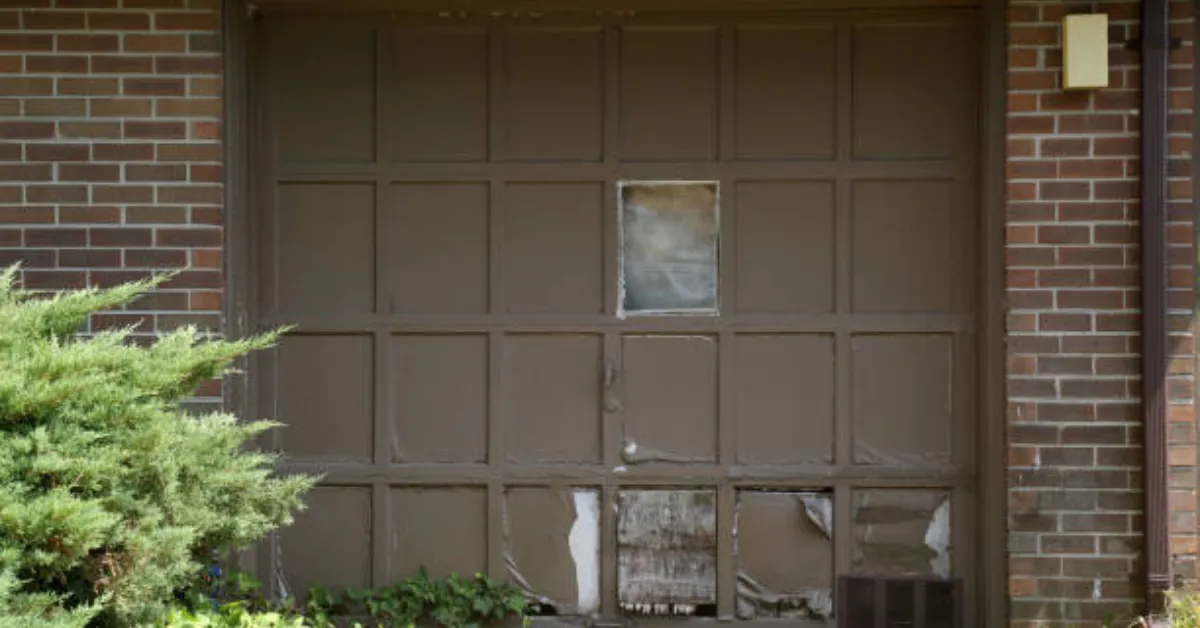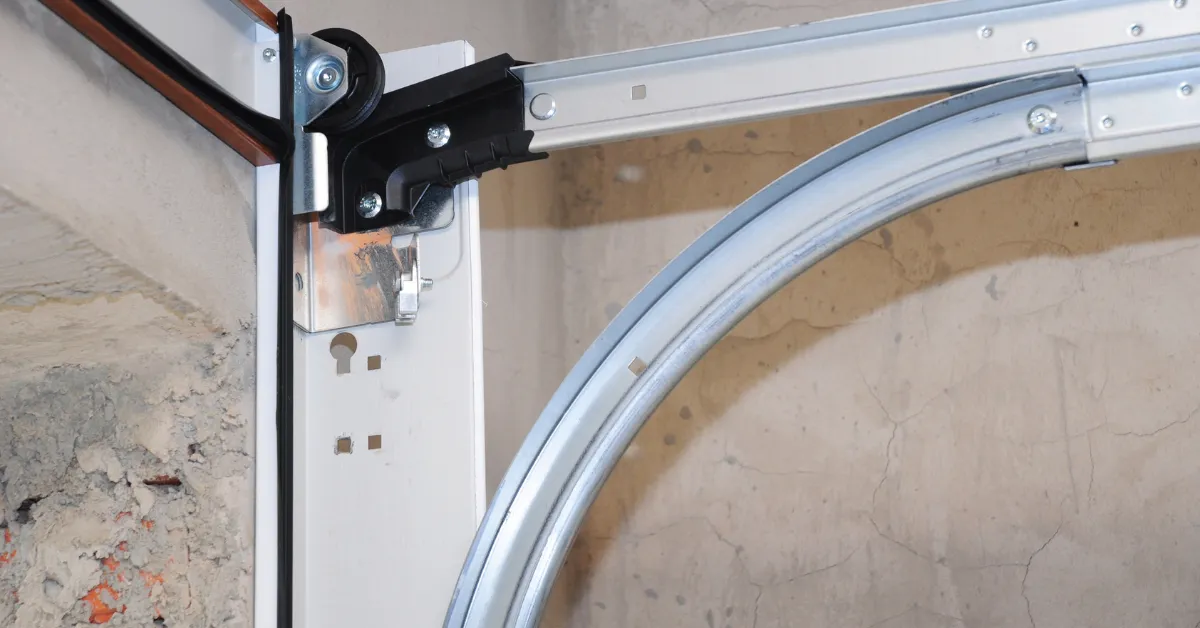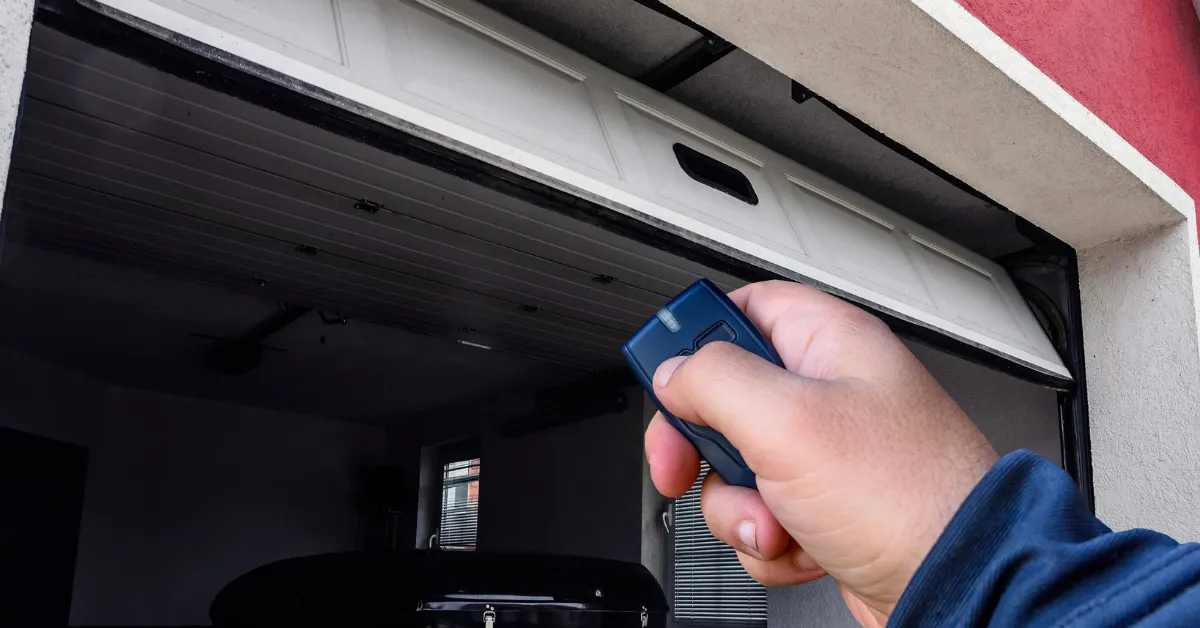If you’re a homeowner facing a damaged garage door, replacing a garage door panel might be the most efficient solution. Garage door panels often suffer damage from weather, impact, or aging. Rather than replacing the entire unit, replacing a garage door panel is often more affordable and efficient. This guide will walk you through when, why, and how to take on this essential home maintenance task.
What Is a Garage Door Panel?
A garage door panel refers to each individual section forming the door. These panels are usually made of steel, wood, aluminum, or composite materials. When one panel is damaged, it may compromise the appearance, insulation, and structural integrity of the entire door. When this occurs, installing a new garage door panel is essential.
Common Causes of Garage Door Panel Damage
- Accidental Impact: A vehicle bumping into the door.
- Weather Exposure: Rain, snow, and UV rays can degrade materials.
- Aging and Wear: Over time, materials may crack, warp, or rust.
- Mechanical Malfunctions: Misaligned tracks or broken springs.
Understanding the root cause helps you decide whether a full replacement is needed or just one panel.
Signs You Need a Garage Door Panel Replacement
- Visible Cracks or Dents: Especially on wood or aluminum doors.
- Sagging or Warped Panels: Reduces the door’s energy efficiency.
- Noise and Jerky Movement: A sign of structural stress.
- Peeling Paint or Rust Spots: Indicates moisture damage.
Can You Replace a Garage Door Panel Yourself?
DIY garage door panel replacement is possible, but only for those with mechanical experience and proper tools. For most homeowners, hiring a professional is the safer and more effective route. Replacing a garage door panel involves detaching the damaged panel, matching a new one, and ensuring all mechanisms align.
The Replacement Process Explained
- Inspection: Identify the panel size, material, and manufacturer.
- Ordering the Replacement Panel: Match the style and brand.
- Removal of the Damaged Panel: Detach the necessary hardware.
- Installation of the New Panel: Align properly and secure in place.
- Testing: Ensure smooth movement and balanced weight.
Benefits of Timely Replacement
- Improved Aesthetic Appeal: Restores the door’s visual uniformity.
- Enhanced Safety: Damaged panels can cause mechanical failures.
- Better Insulation: Reduces energy loss from garages.
- Extended Door Life: Prevents further wear on other components.
Maintenance Tips After Replacement
- Lubricate Moving Parts: Ensures smooth operation.
- Regular Inspections: Spot issues early.
- Weather Sealing: Protects against moisture and air leaks.
- Repainting or Staining: Maintains visual consistency.
When to Replace the Entire Door
Sometimes, replacing a garage door panel isn’t enough. If multiple panels are damaged, or if the door is older than 15 years, a full replacement might be more cost-effective. Modern garage doors also offer enhanced security and improved energy efficiency.

Choosing the Right Professional
When hiring a technician for replacing a garage door panel, check for:
- Experience and Certification: Proven expertise.
- Customer Reviews: Gauge service quality.
- Warranty on Parts and Labor: Ensures long-term value.
- Transparent Pricing: Avoid hidden fees.
Final Thoughts
Replacing a garage door panel is a practical solution for minor damage that doesn’t require an entirely new door. With proper maintenance, a new panel can extend the lifespan of your door and enhance your home’s curb appeal. Whether you DIY or call in an expert, understanding the process helps you make informed, cost-effective decisions.
If you suspect your garage door panel is compromised, don’t delay. Act now and protect your property by replacing a garage door panel with the help of this detailed guide.





